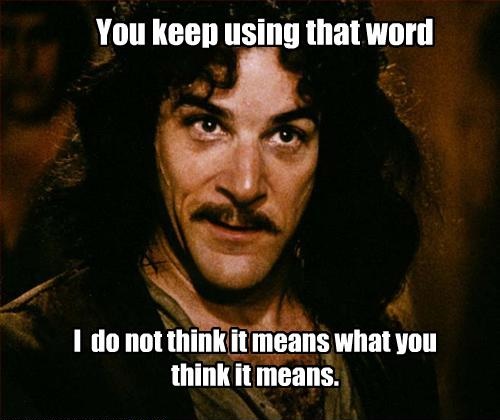Some people in the United Kingdom have taken a page for Germany’s book and begun planting cannabis seeds everywhere:
However, since other places – notably Uruguay and the couple of newly weed-friendly American states – started decriminalising and legalising, British activists have stepped it up, uniting previously fractured groups together under the UK Cannabis Social Clubs banner. The most recent action to come out of the UKCSC camp is an initiative called Feed the Birds, which basically involves people up and down the country planting cannabis seeds in public places in the hope that it will open a dialogue about Britain’s current marijuana laws.
It’s a wonderful way to give the state a gigantic middle finger. But the icing on the cake is this:
Are there any planting spots you’re focusing on in London?
Yup, there are. All sorts of public spaces have been done already, all across London and the UK. I think in the month to come, when the plants start maturing, we’ll start seeing a lot more coverage. Also, to my knowledge, we’ve had a lot of the guerrilla cells targeting politicians’ houses. We’ve also had reports that there’s a grow on property owned by the crown. Hopefully we’ll see something come from that in the next couple of months.
That’s the way to do it. Plant cannabis seeds at the homes of politicians. Sadly they’re more or less immune from the war on drugs otherwise they would get a nice taste of a no-knock paramilitary police raid at two in the morning that ends with their dog getting shot and their newborn baby getting burned by a flashbang grenade. But it still sends a message about the futility of trying to control the spread of a weed.

